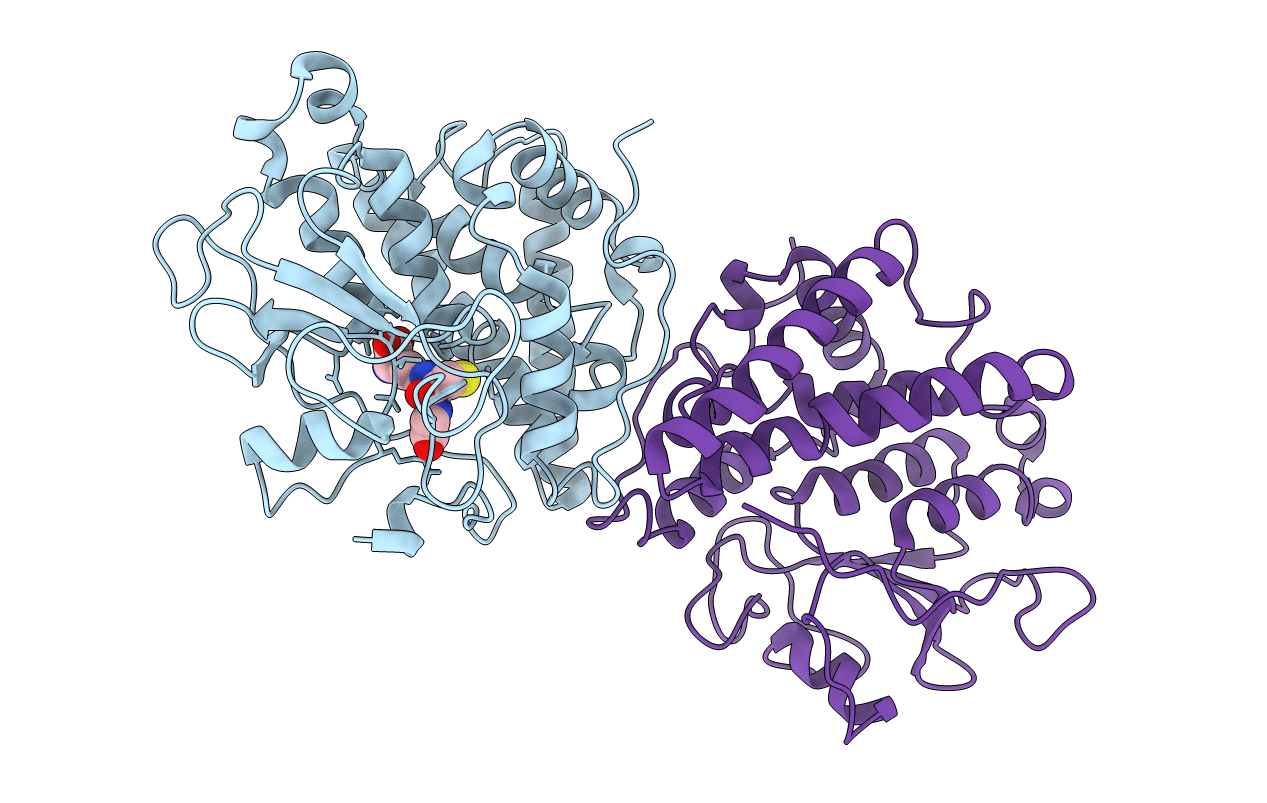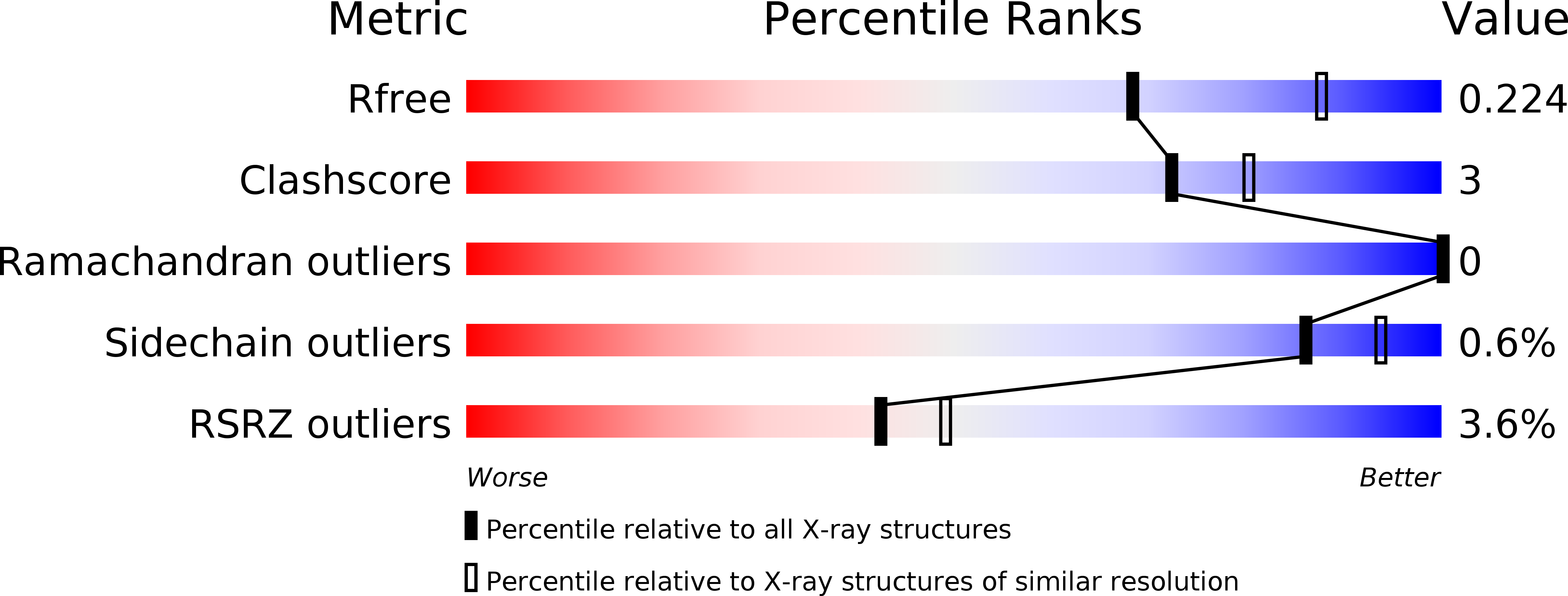
Deposition Date
2010-11-25
Release Date
2010-12-22
Last Version Date
2025-03-26
Entry Detail
PDB ID:
3PPU
Keywords:
Title:
Crystal structure of the glutathione-S-transferase Xi from Phanerochaete chrysosporium
Biological Source:
Source Organism:
Phanerochaete chrysosporium (Taxon ID: 5306)
Host Organism:
Method Details:
Experimental Method:
Resolution:
2.30 Å
R-Value Free:
0.22
R-Value Work:
0.19
R-Value Observed:
0.19
Space Group:
C 1 2 1


